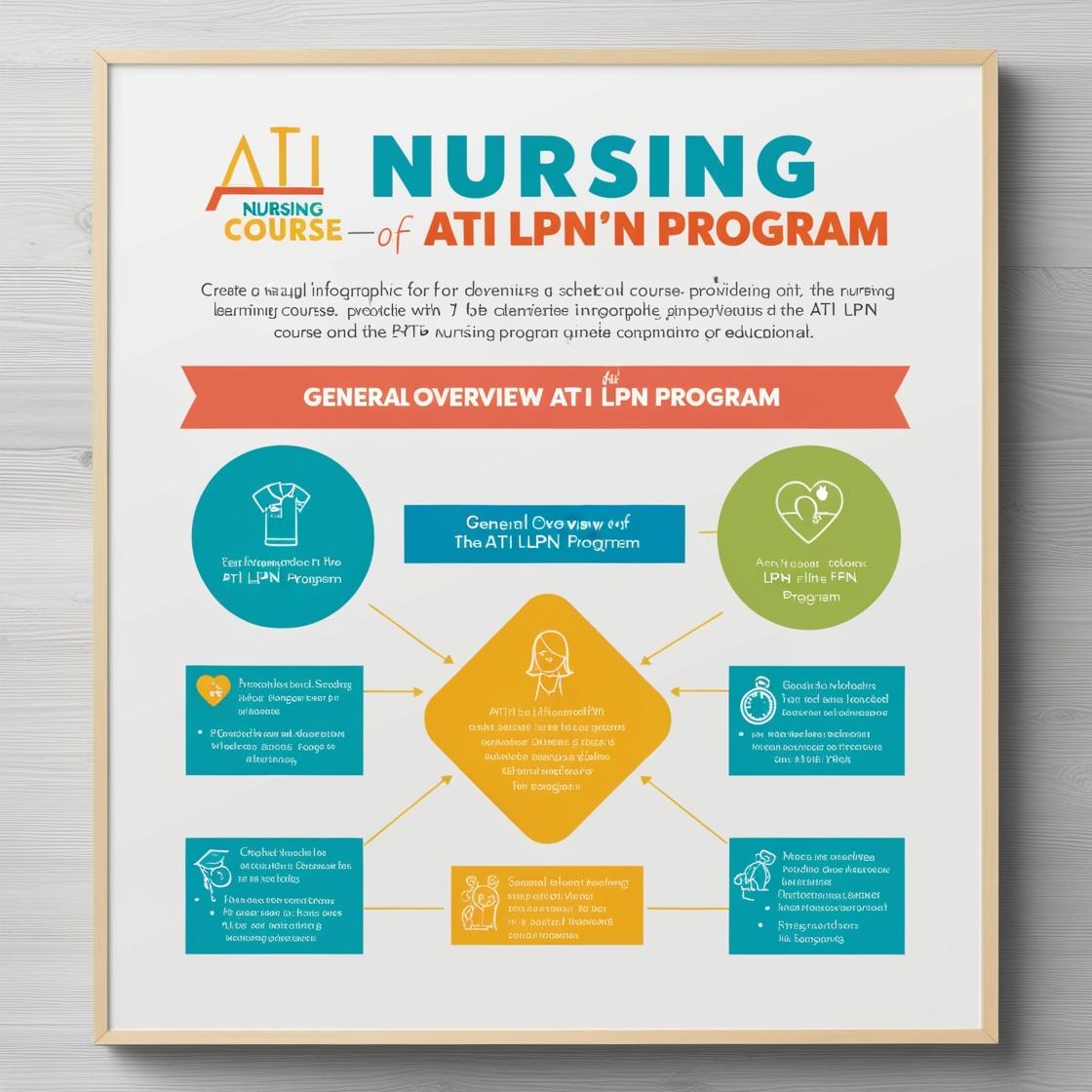LPN LPN
ATI PN Comprehensive Predictor 2023 with NGN
1. A nurse is assessing a client who has dehydration. Which of the following findings should the nurse expect?
- A. Bradycardia.
- B. Elevated blood pressure.
- C. Furrows in the tongue.
- D. Polyuria.
Correct answer: C
Rationale: The correct answer is C: 'Furrows in the tongue.' Dehydration commonly presents with furrows in the tongue due to decreased oral moisture. This physical finding indicates dehydration as the tongue loses moisture and becomes dry. Choice A, 'Bradycardia,' is not typically associated with dehydration; instead, tachycardia may be present as a compensatory mechanism. Elevated blood pressure, as mentioned in choice B, is not a typical finding in dehydration; in fact, dehydration often leads to a decrease in blood pressure. Polyuria, as in choice D, is more commonly associated with conditions like diabetes mellitus or diabetes insipidus, rather than dehydration.
2. What are the signs of hypovolemic shock and what is the nurse's role in management?
- A. Rapid pulse, low blood pressure; administer IV fluids
- B. Cold extremities, rapid breathing; administer oxygen
- C. Decreased urine output, sweating; administer diuretics
- D. Weak pulse, clammy skin; administer vasopressors
Correct answer: A
Rationale: The correct signs of hypovolemic shock are a rapid pulse and low blood pressure. Administering IV fluids helps to restore circulating volume, which is essential in managing hypovolemic shock. Choice B is incorrect because cold extremities and rapid breathing are not typical signs of hypovolemic shock. Choice C is incorrect as administering diuretics would further decrease circulating volume, worsening the condition. Choice D is incorrect as administering vasopressors may further compromise perfusion in hypovolemic shock.
3. What are the signs of an acute myocardial infarction?
- A. Chest pain radiating to the arm and shortness of breath
- B. Nausea, vomiting, and high fever
- C. Headache, confusion, and low blood pressure
- D. Increased heart rate and bradycardia
Correct answer: A
Rationale: The correct answer is A: Chest pain radiating to the arm and shortness of breath. These are classic signs of an acute myocardial infarction. Choice B is incorrect because nausea, vomiting, and high fever are not typical signs of a heart attack. Choice C is incorrect as headache, confusion, and low blood pressure are not specific to myocardial infarction. Choice D is incorrect because an acute myocardial infarction typically presents with an increased heart rate, not bradycardia.
4. What is the main symptom of left-sided heart failure?
- A. Shortness of breath
- B. Edema
- C. Increased heart rate
- D. Decreased urine output
Correct answer: A
Rationale: Shortness of breath is the main symptom of left-sided heart failure because it results from pulmonary congestion due to fluid buildup in the lungs. Edema, increased heart rate, and decreased urine output are associated with right-sided heart failure rather than left-sided heart failure.
5. What is the key management strategy for diabetic ketoacidosis (DKA)?
- A. Administer insulin
- B. Monitor blood glucose
- C. Administer IV fluids
- D. All of the above
Correct answer: D
Rationale: The key management strategy for diabetic ketoacidosis (DKA) involves a comprehensive approach that includes administering insulin to lower blood glucose levels, monitoring blood glucose levels to ensure they are within the target range, and administering IV fluids to correct dehydration and electrolyte imbalances. Choosing 'All of the above' as the correct answer is the most appropriate because all three interventions are essential components of DKA management. Administering insulin alone without addressing fluid status and monitoring blood glucose could lead to complications. Similarly, solely focusing on IV fluids or blood glucose monitoring without insulin administration would not effectively manage DKA.
Similar Questions

Access More Features
ATI LPN Basic
$69.99/ 30 days
- 50,000 Questions with answers
- All ATI courses Coverage
- 30 days access @ $69.99
ATI LPN Premium
$149.99/ 90 days
- 50,000 Questions with answers
- All ATI courses Coverage
- 30 days access @ $149.99
